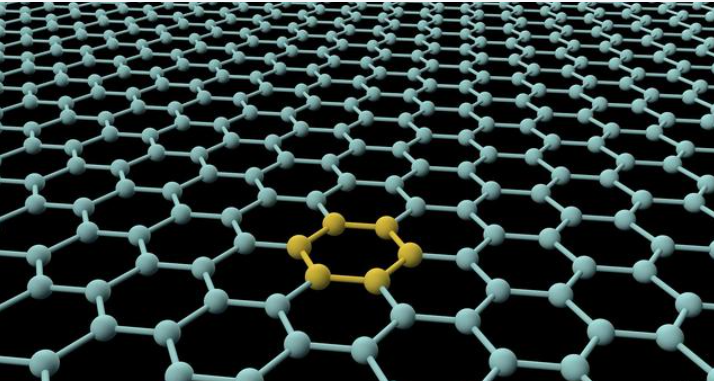Graphene’s Thermal Conductivity: The Future of Electronic Cooling

Introduction: The Growing Demand for Thermal Solutions
As consumer electronics become more compact and powerful—smartphones, 5G chips, wearables—their thermal load increases significantly. Overheating leads to performance throttling, reduced battery life, and device degradation. Traditional materials like copper and aluminum are nearing their physical limits. This is where graphene steps in.
What Makes Graphene Exceptional?
Graphene exhibits extraordinary thermal conductivity, with reported values up to 5,300 W/m·K, far exceeding copper (~400 W/m·K). Its unique 2D structure allows rapid phonon transport, enabling fast and even heat dissipation.
Comparative Overview
| Material | Thermal Conductivity | Flexibility | Weight |
|---|---|---|---|
| Graphene | 3000–5300 W/m·K | Excellent | Ultra-light |
| Copper | ~400 W/m·K | Rigid | Heavy |
| Aluminum | ~237 W/m·K | Rigid | Medium |
Real-World Applications
-
Smartphones: Graphene films under the screen help reduce thermal hotspots
-
Wearables: Flexible graphene layers manage heat without adding bulk
-
EV Batteries: Applied as thermal interface material to improve charging safety
-
LEDs: Heat dissipation layers enhance brightness and life cycle
Design Benefits
-
Flexible Integration: Works in roll-to-roll manufacturing
-
Thin and Lightweight: Ideal for compact product design
-
Stable Performance: Maintains thermal performance even under repeated heating cycles
Summary: Graphene as a Thermal Game-Changer
For companies designing next-generation electronics, graphene offers a lightweight, scalable, and highly effective path toward reliable thermal management—far beyond what metals alone can offer.

